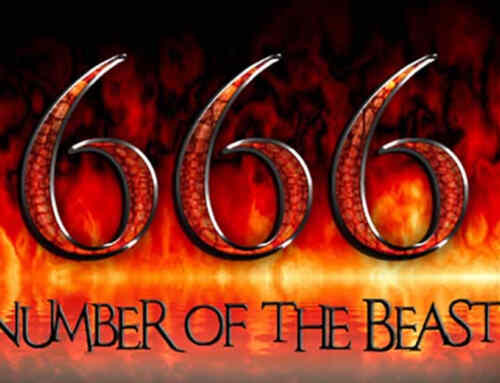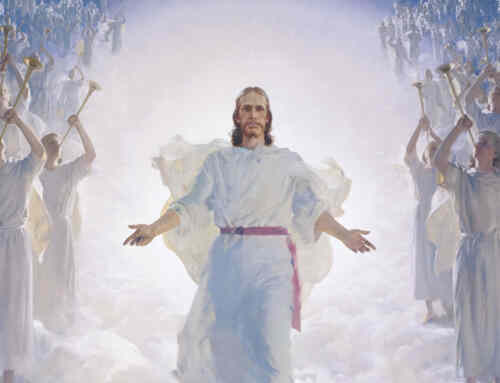Some historical events of the tyrannical reign of the church of Rome include:
The city of Beziers, France was stormed and taken in 1209, and 60,000 citizens, without regard for age or sex, perished by the sword. The blood of those who fled to churches and were murdered there by the “holy” crusaders, drenched the altars and flowed through the streets.
Lavaur was besieged in 1211. The governor was hanged on a gibbet (an instrument of public execution), and his wife was thrown into a well and crushed with stones. The citizens were without discrimination put to death, 400 being burned alive. The flourishing country of Languedoc was devastated, its cities burned, and its inhabitants swept away by fire and sword. It is estimated that 100,000 Albigenses fell in one day, and their bodies were heaped together and burned. All this rioting in blood and villainy was done in the name of religion: professedly for the glory of God and the honor of the church.
Duke of Alva (ruled in Spain, Netherlands, and Portugal, mid 1500s) executed 18,000 Protestants in six weeks. In the Netherlands, 50,000 were executed on account of their religion. The Belgic martyrs number at 100,000.
The massacre of Orange, France, A.D. 1562, was of a similar character to that of Merindol, and is described with precision by Catholic historians. The Italian army sent by Pope Pius IV was commanded to slay men, women and children, and the command was executed with terrible cruelty. The defenseless heretics were slain with the sword, precipitated from rocks, thrown on the points of hooks and daggers, hanged, roasted over slow fires and exposed to shame and torture of every description.
The massacre in Paris on St. Bartholomew’s day, August 24th, A.D. 1572, equaled in cruelty but exceeded in extent the massacres of Merindol and Orange. The Catholic historian Thuanus stigmatizes it as “a ferocious cruelty, without a parallel in all antiquity.” The dreadful scenes of Merindol and Orange began to be reenacted against the hated Huguenots. The carnival of death lasted seven days. The city flowed with human blood, the court was heaped with the slain on which the king and queen gazed with extreme satisfaction. The body of Admiral Coligny was dragged through the streets and the river Seine was covered with floating dead bodies. Accounts of the number killed vary from 5,000 to 10,000. This slaughter extended in every direction ordering a general massacre of the Huguenots. The same scenes were accordingly enacted in nearly all the provinces and estimates of the number slain vary from 25,000 to 70,000.
Consider also the “Holy Roman Inquisition.” Torquemada, a famous Inquisitor General, furnished a marked illustration of the spirit of Jezebel. Roman Catholic writers admit that he caused 10,220 persons, men and women, to be burned alive. Llorente, the Secretary General for three years of the Inquisition, had access to all the documentary evidence. His reports published in 1817 AD (four volumes) shows that between the years 1481 and 1808, by order of this “holy” office alone, no less than 31,912 persons were burned alive, and nearly 300,000 tortured and condemned to serve penances. Every Catholic country in Europe, Asia and America had its Inquisition.
Additional Resource:
PDF: “Church Union and the Antichrist”
For more information about the Antichrist (church-state union between Jezebel and the Roman Empire
















